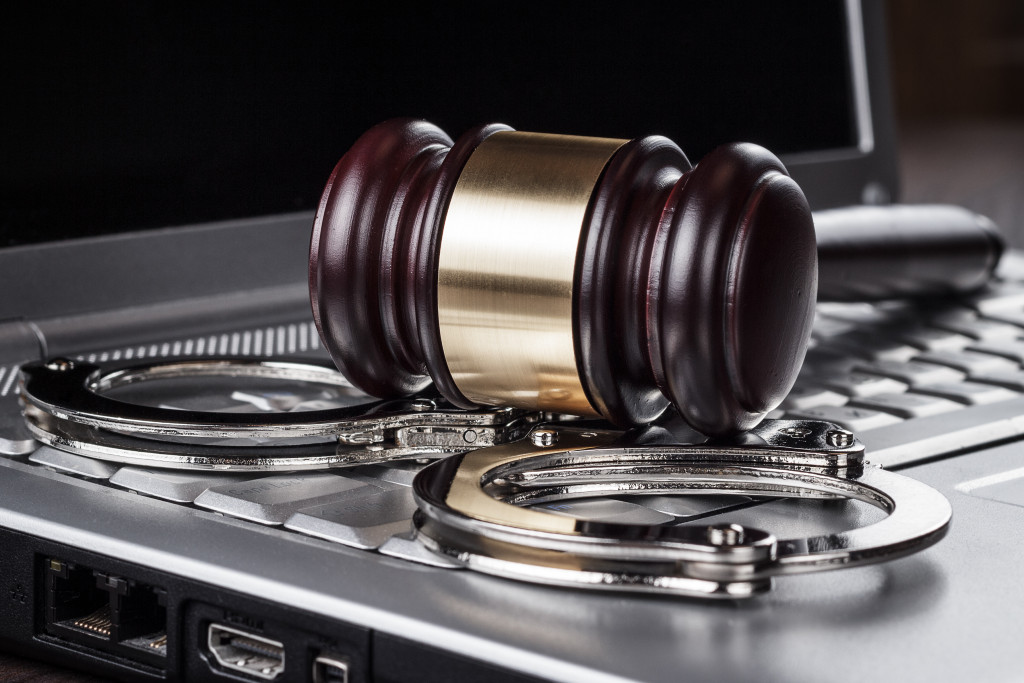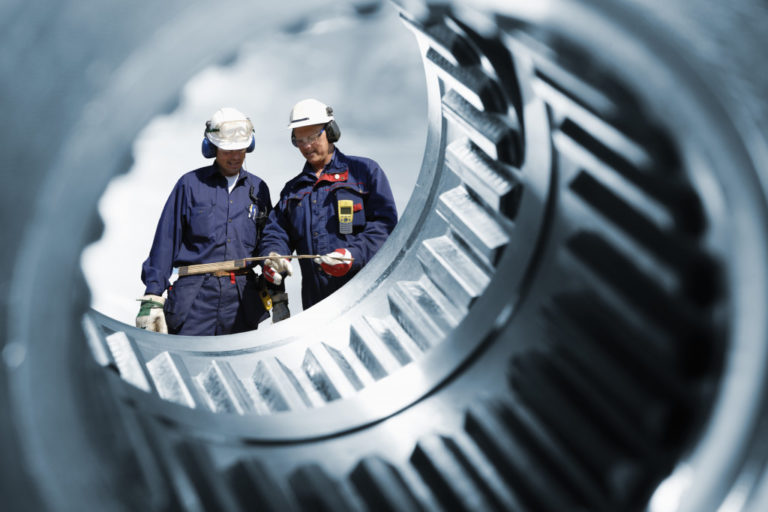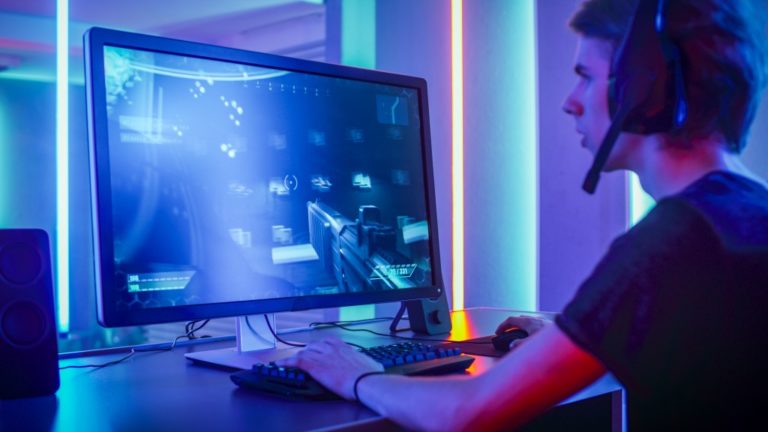Technology has become a staple in the lives of most people. It is hard to find someone who does not own a cellphone, computer, or some other form of technology. With this prevalence, it was only time before technology infiltrated the justice system. There are pros and cons to using technology in the justice system, and this article will explore both sides.
Pros of using technology in the justice system
1. Increased Efficiency
With technology, the authorities can process cases faster and more efficiently. This is because information can now be easily accessed and shared between different parties involved in a case. Some cases that would have taken months or even years to solve can now be solved in a fraction of the time.
There are also many ways to conduct hearings and trials, such as through video conferencing. This means that people do not have to take time off work or travel long distances to attend hearings, allowing cases to move forward more quickly.
2. Reduced Costs
Many costs associated with the justice system, such as travel and accommodation, can be reduced when technology is used. Video conferencing also means no need to rent out courtrooms or pay for other physical resources.
In addition, the use of technology can help reduce the amount of time that people spend in jail. This is because information can be shared quickly and easily between different agencies, allowing for quicker decisions about bail and sentencing.
3. Better Connectivity with the Public
Transparency and communication are vital for the justice system to function correctly. Technology can help improve communication between the different agencies involved in the justice system and between the justice system and the public.
There are now various ways for the public to access information about the justice system, such as online court records. People can also easily reach the authorities when they need their services. For example, car accident victims can quickly find auto accident lawyers using the internet to avoid waiting for a police report.

4. Improved Accuracy
The use of technology can help to improve the accuracy of information collected and stored by the justice system. This is because the authorities can enter data into systems more accurately and quickly, and it is easier to cross-check information against other sources.
In addition, the use of technology can help to improve the accuracy of eyewitness testimony. This is because witnesses can now provide their testimony via video, recorded and stored for future reference.
Cons of using technology in the justice system
1. Increased Dependence on Technology
The increased dependence on technology can lead to several problems in the justice system. For example, if there is a power outage, hearings and trials may need to be postponed. In addition, if the methods used to store information crash, this could lead to the loss of substantial evidence.
This dependence can also lead to problems when people do not have access to the internet or other forms of technology. For example, if someone needs to file a police report, they may not be able to do so if they do not have access to the internet.
2. Security and Privacy Concerns
The use of technology in the justice system also creates new security and privacy concerns. If information is stored electronically, it can be hacked into and accessed by people who should not have access to it.
In addition, the use of video conferencing and other forms of technology can lead to concerns about the privacy of people involved in cases. For example, if a trial is conducted via video conferencing, public members may be able to overhear conversations between the judge and the lawyers.
3. Increased Costs
Even though the use of technology can help to reduce some costs, such as travel and accommodation costs, it can also lead to increased costs in other areas. For example, the purchase and maintenance of equipment can be expensive. The training of staff to use new technology can also be costly.
4. Technical glitches
While the use of technology can help to improve the accuracy of information, it can also lead to problems when there are technical glitches. For example, if a computer system crashes, this could lead to the loss of significant evidence. If a video conferencing system breaks down, this could delay a trial.
The use of technology in the justice system has both advantages and disadvantages. Whether or not to use technology should be made on a case-by-case basis, taking into account the specific needs of each case. In some cases, the use of technology can help to improve the efficiency and accuracy of the justice system. In other cases, the increased dependence on technology can lead to problems.
Ultimately, the decision of whether or not to use technology in the justice system should be made by the people responsible for administering justice.

















